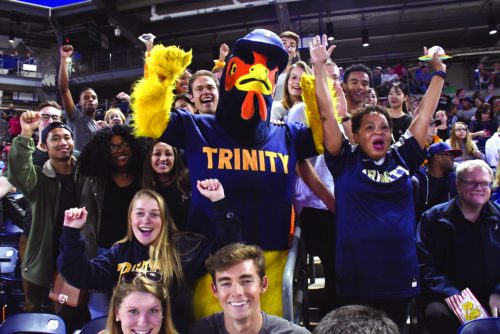Chemistry Summer Student Researchers at Trinity Collaborate Across the Globe
Trinity College Assistant Professor of Chemistry Lindsey Hanson and five of her students challenged the barriers created by the COVID-19 pandemic this summer by conducting research together while in five different countries across three continents.
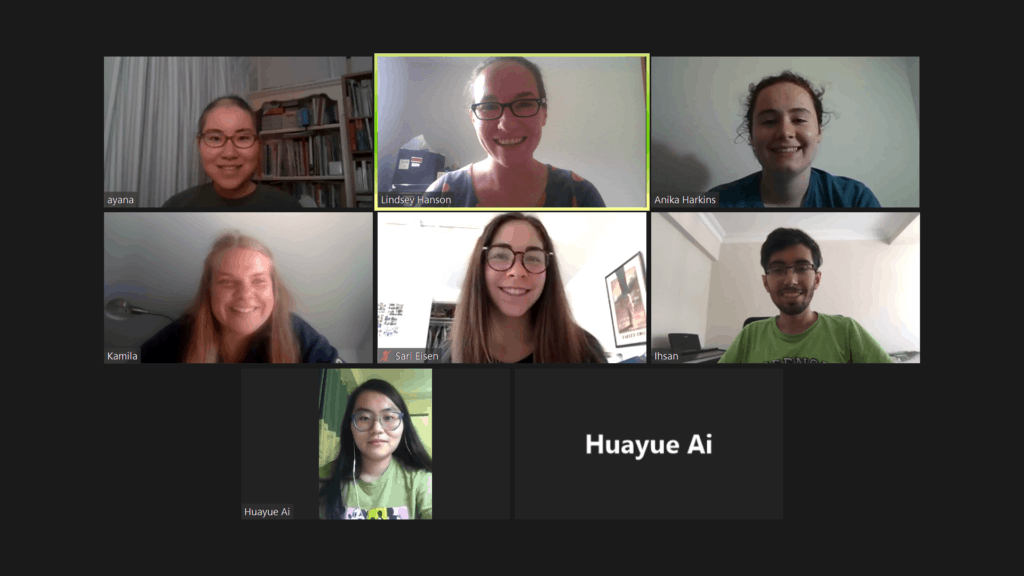
Huayue Ai ’21 is researching remotely from China; Anika Harkins ’21 is in Oregon; Ayana Tabo ’23 is in Japan; Ihsan Uyan ’23 is in Turkey; and Kamila Zygadlo ’23 is in Poland. The five students and Hanson navigated Zoom calls across the globe to discuss their findings and frustrations, and in doing so found value in the shift of their usual research process.
Hanson said their research focuses on “studying materials that convert mechanical signals—forces like pushing, twisting, pulling—into optical signals like color changes or a change in how reflective the material is.” The research was split into two projects, one biological and one mechanical, with nanoparticles at the core of both.
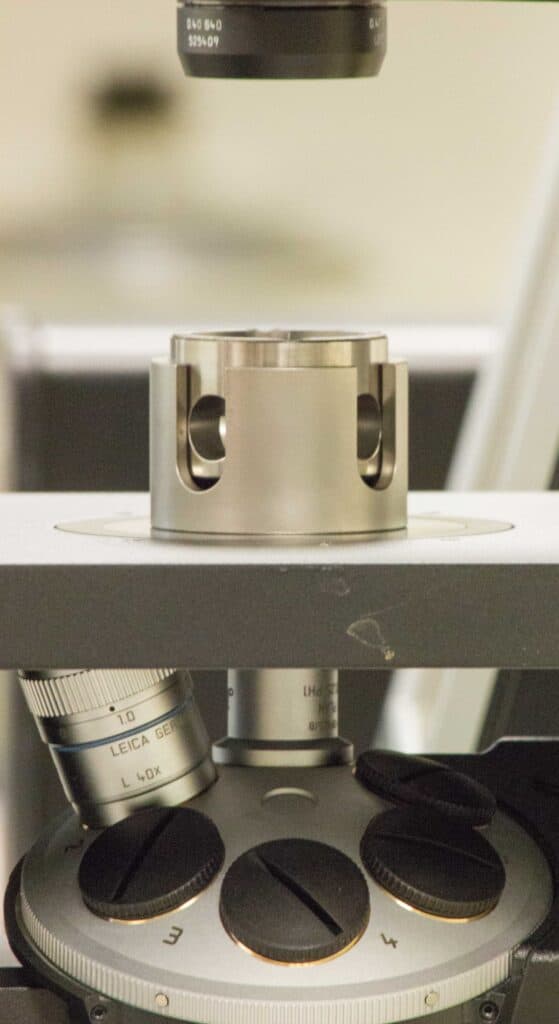
On the biological side, Ai and Zygadlo created sensors that can detect stiffness on bodies, such as a tumor, to develop early disease diagnosis. Zygadlo said, “I am working on encapsulating gold nanoparticles into hydrogel beads … to sense the changes in stiffness.” Ai added that they use a mathematical model to infer the stiffness to detect disease.
Tabo worked on the translation for the biological and mechanical projects. She designed a mechanical load frame, which is an instrument that measures the optical response of nanoparticle-polymer composites when a mechanical force is applied.
On the mechanical side, Harkins and Uyan used the material change for early damage detection on aerospace machines. Uyan said, “What we want to achieve in the mechanical part is to be able to have gold or silver nanoparticles constructed in a way that they are going to show how much pressure is applied to that surface.”

Hanson explained how their work might be put to use in industry: “One application of this research is early damage detection for different materials that go in things like planes and rockets and bridges—things we do not want to fail,” Hanson said. “If we could put a coat on an airplane wing of a material that would change color if there is concentrated stress, we would have an early warning sign to do a repair.”
Harkins said that observed optical changes because of pressure can eliminate ambiguity. “These nanoparticles can be used in pressure sensors. … You know absolutely how much pressure is being applied and exactly what is happening to the surface.”
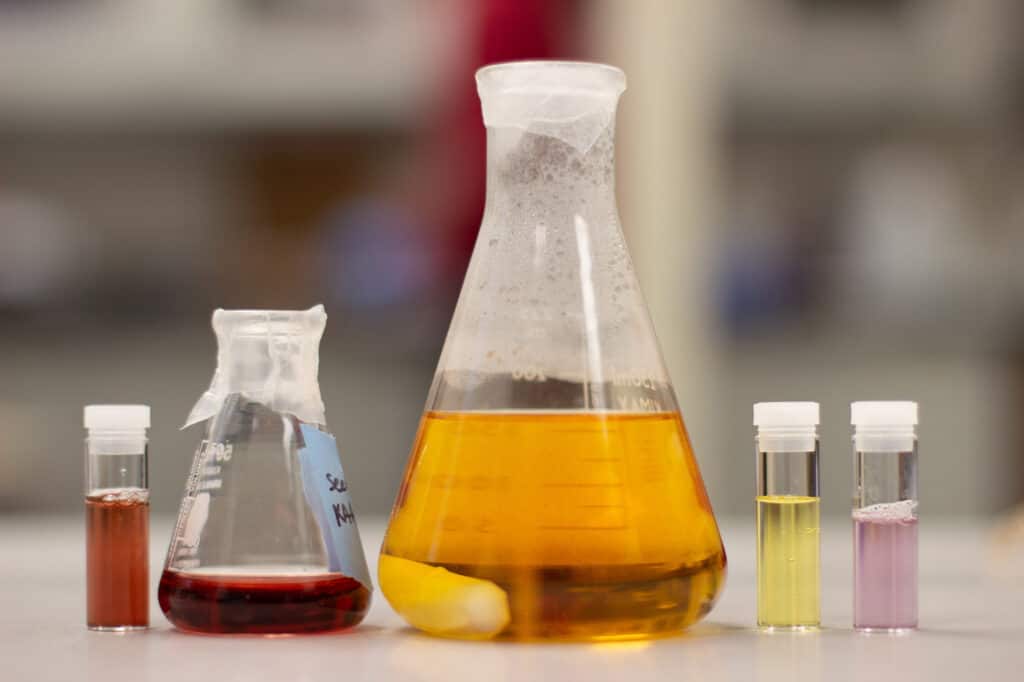
During a traditional summer, Hanson’s team would work together in their lab at Trinity, conducting research and collaborating closely. With the pandemic, the researchers have been meeting via Zoom. “There was a 16-hour gap between time zones, between Japan and Oregon. … We actually had to meet at 9:00 a.m. Eastern so it would be 6:00 a.m. for the student in Oregon and 10:00 p.m. for the student in Japan,” said Hanson. She added that although this was a challenge, all the students were up for making it work, which helped bring them together as a group.
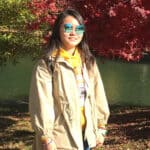
They also had to invert how research usually is conducted. “Normally, students come meet with me and we chat about the design of the project, they go into the lab and do experiments, and then they share the data with me, and we analyze it together,” Hanson said. Instead, she explained, “I had the students design the experiments, send me instructions, and I went into lab and did the experiments and sent them the data to analyze.”
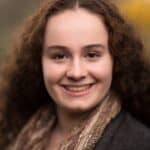
The students also noted challenges that they faced in their work. To send Hanson instructions for the lab, the students created computerized simulations through code. Ai and Uyan both said that it was hard to learn MATLAB, which is a coding language used for extracting, analysis, and visualization of data. Uyan added that working alone in his room every day tested his ability to stay focused and determined. Similarly, Harkins said she struggled with being physically distant from Hanson and the other researchers, especially when she encountered a problem. Harkins, who had been researching with Hanson since she was a first-year student, said that in past she appreciated being able to walk down the hall to get help. “However, now when I got stuck, I could not immediately get a second opinion,” she said.

Despite any difficulties, Hanson said her students all recognized the importance of what they studied and learned from navigating remote research. Harkins said that the inverted approach forced her to take a step back and examine the theories behind her research. “I figured out what I was doing, why I was doing it, and why I wanted to do it,” she said. Zygadlo said that because of the valuable information she has learned this summer, she feels ready to begin conducting the experiments she has designed when she can get back in the lab. For Uyan, the “research is the quest of finding the answers to your questions … and this research experience showed me how I can achieve the solutions I seek in science.” Uyan added that has his summer research demonstrated to him his ability to solve not only problems within science, but also in life when discovering something new.

Hanson said that her goal for her student researchers is to teach them how to get a feel for the scientific process and for creating new knowledge. “The creation of new knowledge is a really uncomfortable experience, so learning how to manage and become comfortable with that discomfort is one of the most valuable things they can get out of research,” she said.

Hanson added that although summer research is geared toward teaching students how to conduct research and collaborate with their peers and faculty, she learns just as much as her students do. “Every time we work on a project together, my students teach me something. They come up with a new way of doing what we are trying to do,” said Hanson, “and that is what is most fun for me when doing this research.”
To learn more about the Chemistry Department at Trinity College, click here.
